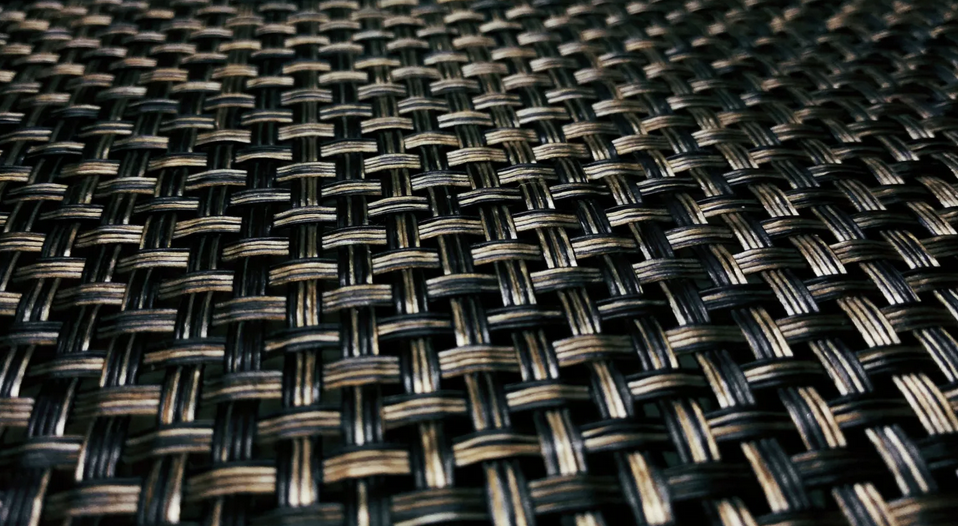Composite materials are everywhere—or so it seems. From easily installed bridges to commercial aircraft to ultra-lightweight fuel-efficient vehicles, composites provide manufacturers with numerous critical benefits that can help boost competitiveness, enhance quality, and increase profitability.
Composite materials make a difference in high volume and wear applications. Their high strength, cost-effectiveness, resistance, and flexibility are ideal in many situations, boosting demand for these materials. Recent advances in technology have also increased demand for these materials, which is why researchers expect this market to register a CAGR of more than 4% from 2022-2027.
Thermal curing is a critical step in manufacturing composites. It can help businesses generate composites that meet the most demanding applications. But if you’re producing composites finding a curing oven with the right features that fits your specific needs is a challenge. This post looks at critical oven features you need to consider in composite curing ovens.
Composites Need Specialized Curing Oven
Composite materials merge two or more constituent materials with key dissimilar chemical and/or physical properties. Merging these disparate materials creates a blended composite with properties beyond the individual materials’ original properties. Fiberglass, translucent concrete, absorbent concrete, Kevlar and carbon fiber are examples of composites.
Previously, manufacturers used autoclaves for the proper curing of composite parts. But oven design and technology have changed things. As a result, manufacturers now have more options to choose from than ever before, enabling them to produce composites with aerospace-grade quality.
Some manufacturers, for example, use walk-in batch curing ovens with vacuum bagging systems like the Despatch Composite Curing Systems to generate quality composite materials. This curing system provides the precise control, and monitoring manufacturers need to ensure void-free composite parts quickly and cost-effectively.
Critical Features for Composite Curing Ovens
A composite curing oven should generally meet AMS2750, BAC5621, NADCAP, and AS9100 requirements. The oven also should feature ruggedness to withstand the rigors of industrial conditions, exceptional temperature uniformity of +/-5°C or better, high uptime, and minimal maintenance requirements.
Additional considerations for a composite curing oven include:
- Additional considerations for a composite curing oven include:
- Robust recirculating airflow system to optimize heat transfer to unique molds
- A control interface with easy programming
- Precision supply and return airflow adjustment
- Pneumatically actuated lift doors or standard double swing doors (pass-through FM) with approved over-temperature protection
- Integrated multipoint vacuum and pressure controls
- Vacuum bagging system with a vacuum pump and ports
- A vacuum monitoring device with data recording throughout the cure cycle
- Vacuum stability tolerances under 1 Hg loss per hour at 25Hg.
- Jack panels capable of connecting to as many thermocouples as needed for monitoring the curing
The oven should also feature proportioning gas burners on gas-fired models for precise temperature control and meet NFPA 86 requirements for flammable solvents.
Advanced control and data acquisition system
Tight process control and monitoring is critical in composite curing systems. It ensures consistent quality parts. So, a critical feature in oven selection is the monitoring and control approach, such as Despatch’s Focal Point System.
An ideal monitoring and control system needs to document all process information and provide traceability and validation of part quality. Additional features to look for in a monitoring and control system are:
- PC-based system with Ethernet communication
- Data that accessible from a plant computer system
- Standard and customized reporting capability to validate processes
- Vacuum and pressure system that is monitored and controlled from display
- Manual override of recipes to control thermocouple selection, temperature, and vacuum set-points, and alarm deviation limits.
In addition, you’ll want a composite curing oven that ramps up quickly, features short cycle times, and has a consistent, reproducible curing process. Plus, the oven should be exhausted to eliminate the VOCs given off during curing
Composite Materials: The Takeaway
Composites are among the most popular materials in industry. Ideal for many high volume and wear applications, these materials feature high strength, lightness, cost-effectiveness, and resistance. As a result, composites are well suited for use in everything from aerospace parts, buildings, bridges, and boat hulls to swimming pools, countertops, and automotive products.
But manufacturers need specialized curing ovens to generate aerospace-grade composites that provide optimized performance. Ideally, you want a curing oven not only with many of the features discussed above but also versatility, ruggedness, and dependability. Plus, you want a curing oven you can customize to your needs.
If you have questions about industrial ovens, check out our field guide to buying an industrial oven. Or, you can call our skilled customer service team to assist you. Please call 952-522-4931.
Image Credit: Pixahive.com






